The original mechanism that inspired Gig Harbor's Forward-Facing Rowing System and the design for this New York Whitehall both date back to the late 1800s.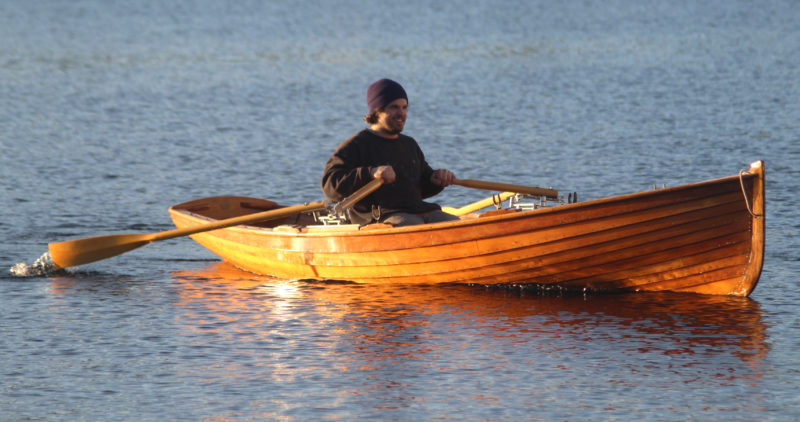 all photos by the author
all photos by the author
Join The Conversation
We welcome your comments about this article. To include a photo with your remarks, click Choose File below the Comment box.
Comments (6)
Comments are closed.

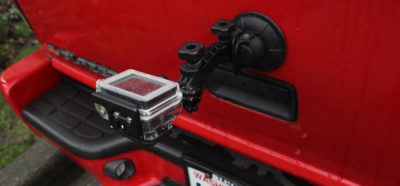
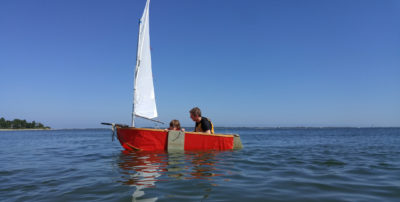
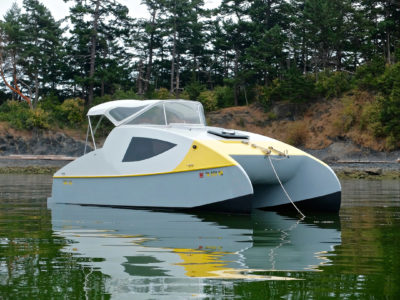



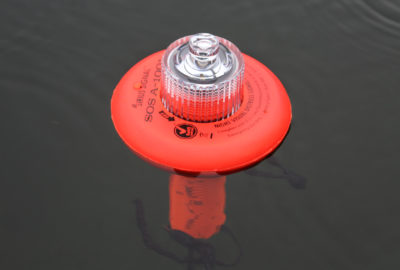
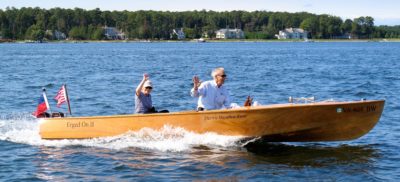
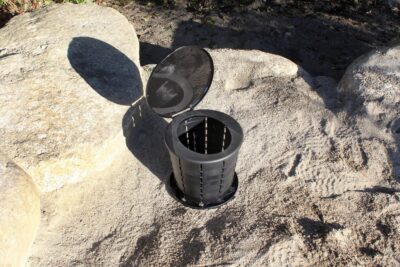
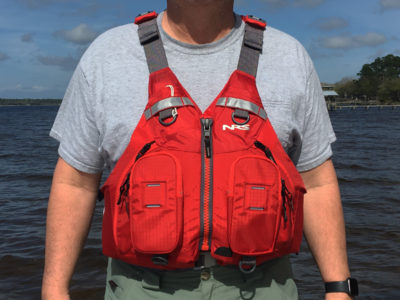
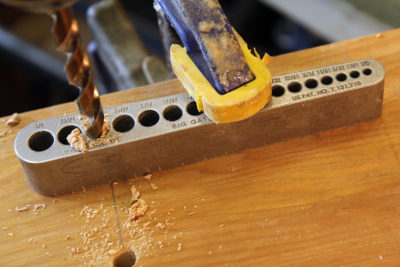
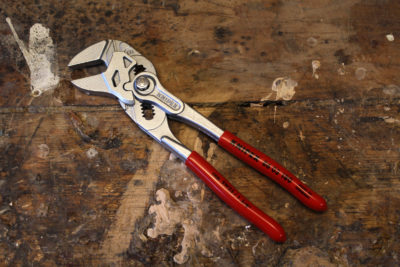
Check out Ron Rantilla’s Front Rower This one can be operated with your legs as well, either in tandem or just your arms or just your legs.
More questions than comments. It strikes me that these oarlocks might be best under flat water, low wind conditions. If it blows up can I go back to conventional rowing? Does the positioning of the base plate interfere with normal rear facing rowlock sockets? Can the ‘elbows’ be taken off the base plate and normal rowlocks inserted? Can I just take an existing set of oars, cut and bolt them in place? Will they work on my CLC Chester Yawl? This system might be just the thing for some pleasant lake and river cruising.
Good questions. I think you’re right that the forward-facing rowing system (FFRS) is best suited to mild conditions. I rowed with it in protected waters with a wind but no waves to speak of, but my hunch is the gearing, especially at the catch, would make it hard to row into a strong headwind. I mentioned in the review that a shorter stroke is a better way to go as the finish just pushes the blades toward the hull. With conventional oars, I get a lot of power at the finish with a strong layback, and with the FFRS, that wouldn’t be very effective. I also favor feathering the oars to cut wind resistance and the impact that comes with clipping wave crests. Can you go back to conventional rowing? Yes. The articulated oars will fold to put the blades inboard. You can certainly row with rowlocks placed forward of the FFRS. If the FFRS blades can be stowed in the boat down low, you can use rowlocks aft of the FFRS. If the articulated oars would come to rest high on a deck or coaming, the system would have to be removed.Removing a cotter pin and the pivot pin is all that’s required. You cannot have normal rowlocks in the 18″ occupied by the FFRS, but its not likely you’d have rowing stations arranged that way. You can use existing oars if the looms have a diameter of 1 3/4″ to fit the cradles. The Chesapeake Light Craft Chester yawl has a beam of 42″. Gig Harbor’s installation instructions have some guidelines for fitting boats. The oars Gig Harbor sells have 30″ handles, so you’d need to shorten them. Pleasant lake and river cruising would be right on target.
Wow, quite an engineering feat to transform the motion of the oars! There is a simpler way to row facing forward. Along the coast of Sumatra on the Malacca Strait, fisherman and inter-island traffic row standing up, facing forward. The only adaptation to enable this rowing position is by positioning the oarlocks higher-up on the gunwale, on top of a pair of frames that are left standing proud on purpose. Rowing is done with the oar handles crossed in front of the oarsman and the rower’s body weight assists the pushing force on the oars.
You’ll also find rowing done standing, facing forward and with oars crossed in Venice and Vietnam. In Vietnam you’ll also find rowers seated facing forward managing their oars with their feet. In Myanmar, fishermen row facing forward while standing on one leg and using the other hooked around the loom of an oar. Extended oarlocks for rowing facing forward have been around in the US for quite a while.
I have always found the system to be fascinating. If your boat has two rowing stations, I would think this would be worth a closer look. I do most of my rowing in my 17′ faering, and to row while looking forward, I simply sit on the rear (third) rowing seat,using the middle rowlocks, facing forward. I do this in crowded conditions, or when approaching a landing site. My solution is not good for long distances, however. I like your description of the learning process, and can see myself laughing and enjoying that process! There are a number of applications for this that I can foresee, including a row/sail beach cruiser with a limited cockpit area. Great article, and I am really enjoying my subscription to SBM.